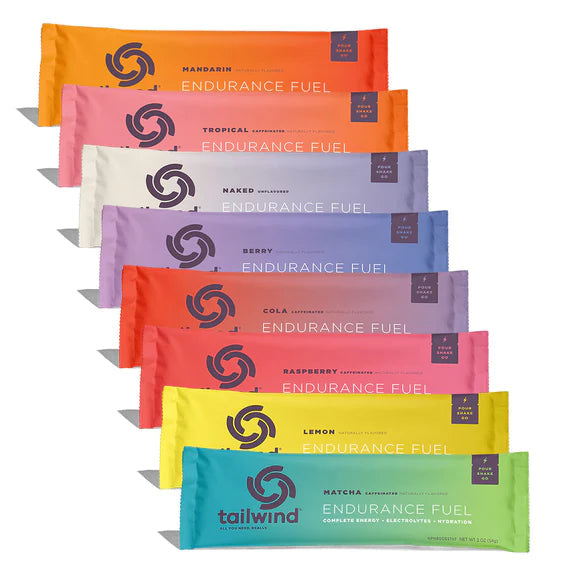A specialist independent physical and online running shop in Merthyr Tydfil, South Wales.
Help us ignite the power of human belief through a happier and healthier lifestyle
The business was started to give as many people as possible the opportunity to reap the benefits on their physical and mental health, that being active, and running provides.







Our Best Sellers
View All
This month's best sellers in one handy collection. What's hot in the running community right now? What do you need to get your hands (and feet) on before it's too late? Look no further!
£150.00
from
£130.00
£160.00
£126.00
£140.00
£126.00
£140.00
Blog posts

The Most Common Mistakes When Buying Running Shoes
Buying the right running shoes is crucial for any runner, whether you are a beginner or a seasoned athlete.

Running Shoes for Overweight Runners: What to Consider
Running is a fantastic way to stay fit and healthy, but finding the right shoes is crucial, especially for overweight runners.

Running Shoe Myths Debunked
Running shoes play a critical role in ensuring a comfortable and injury-free run.





























